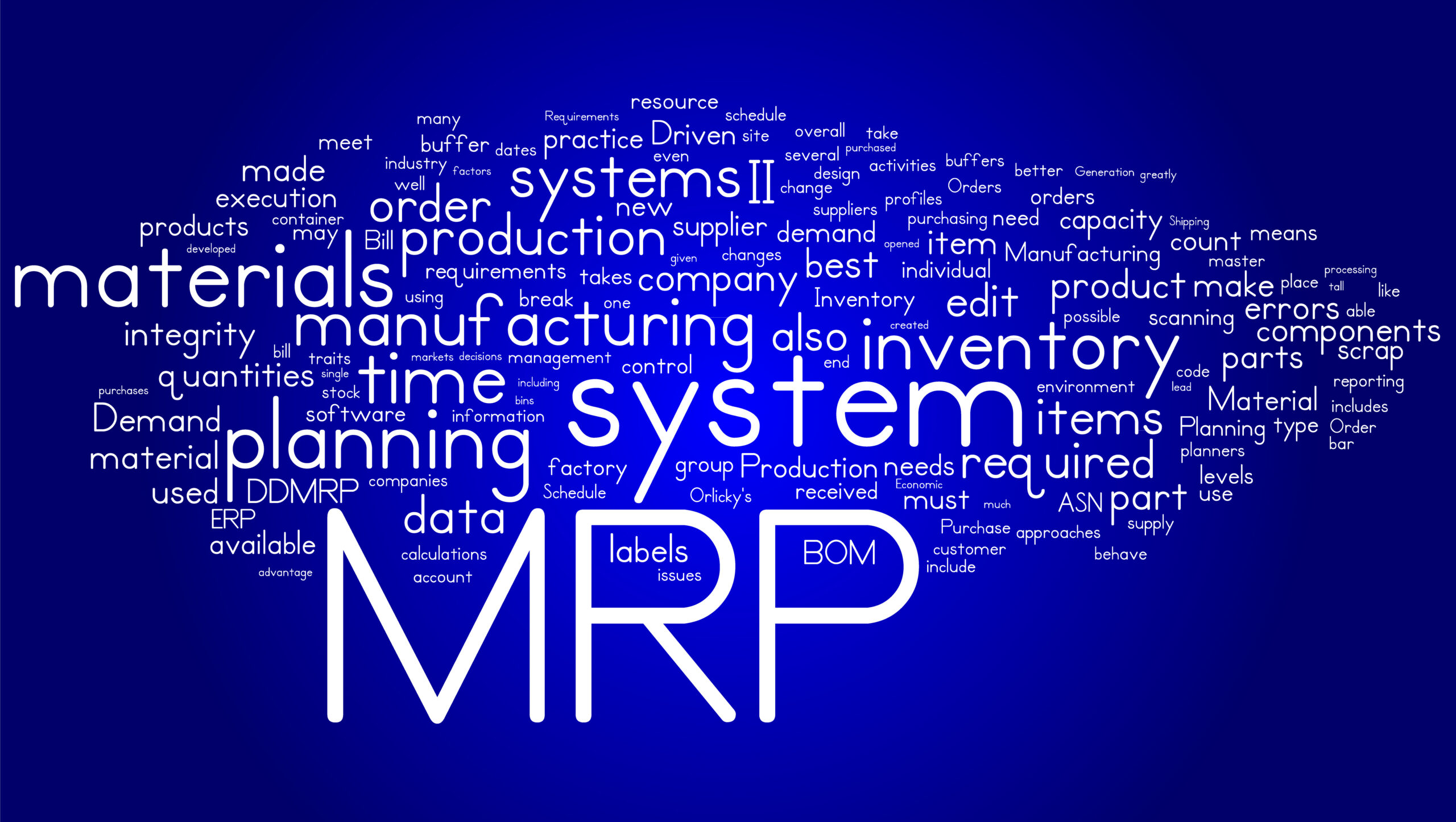5 Practices For Effective MRP Implementation
Businesses are always looking for better and more efficient ways to run operations. On the other hand, developers heed the call and constantly develop solutions to better operations.
One of the core operations of businesses is production. It enables them to fulfill the needs of their customers. Through MRP solutions, developers have made this core operation easier for businesses to handle.
MRP previously stood for Material Requirements Planning. However, today, it means Manufacturing Resource Planning. MRP aids in scheduling production. It’ll inform you of the resources you require, their quantities, and the timeframe within which you should avail of these resources.
However, you’ll only enjoy these benefits if you effectively implement MRP. Suppose you’ve just acquired the MRP tool. How will you implement it effectively for success? Here are some practices to adopt for the process:
1. Understand Your Why
One of the things that can lead to an ineffective MRP solution is implementing it blindly without goals. Besides being a waste of resources, you won’t fully utilize the tool, which will do more harm than good for your business. Hence, know your why.
Understand your why by listing your goals and expectations with the system. The goals let you know in what operations you’ll use the tool. On the other hand, expectations will measure the success of the tool’s implementation. If you don’t meet your expectations, you’ll know there’s an inefficiency in where and how you’ve adopted the MRP. Overall, your why will ensure you effectively implement your MRP system for SMB.
2. Bring Everyone On Board
When implementing any system, there’s always a possibility of resistance. Workers are different—some embrace change while others don’t. Therefore, bringing everyone on board is important in ensuring effective MRP implementation. Once everyone is on board, they’ll embrace the system, utilize it to the maximum, and you’ll reap benefits from it.
Bring everyone on board by educating everyone about this system and how it’ll benefit the company. Also, detail how it’ll make work easier for the workers. Some of the resistance emanates from the fear of job losses. It’d help assure the workers that they’ll not lose their jobs due to the new system.
It’d help to have top management support the adoption of this system. With support from the top, it’s easier to bring everyone else on board.
3. Have An Overseeing Team
Independently implementing the MRP system as a boss can be overwhelming, even as it takes your focus away from the core operations. Also, you might lack the technical know-how in its implementation, leading to inefficiencies.
Therefore, it’s best to appoint an overseeing team. This team will test the tool, develop an implementation plan, and execute the plan.
Having one of the tool’s developers or vendors on this team is best. They’ll train the others in its workings and implementation. Ensure the rest of the team has a representative from the top management and the head of the production department. As stated earlier, there’s better adoption and implementation of the MRP when there’s support from the top.
4. Train Your Workers
Your workers will interact with the MRP tool 95% of the time. It means they greatly impact how effective the tool will be. One of the issues that could lead to inefficiencies is not fully utilizing the tool or using it wrongly. Therefore, training your workers is necessary.
Train them on the tool’s features and how to use these features to fulfill their responsibilities. It’d also help to train them in basic troubleshooting. It eliminates too much downtime and a lack of productivity when something isn’t working. Workers will stop working to wait for assistance. The troubleshooting knowledge will assist them in addressing small issues they might face while utilizing the tool.
It’s best to have your MRP’s vendor conduct the training. They’re experts and better equipped with knowledge of the MRP.
5. Constantly Monitor
Adopting a tool and letting it run without monitoring isn’t advisable. The tool might bring inefficiencies to your operations, which you won’t know since you don’t monitor. Hence, make monitoring a habit.
Monitoring should start as soon as you implement the MRP. How does it integrate with your existing systems? Does it overwrite or cause lags on the existing systems? If yes, you want to pull back the adoption and devise better ways to implement it. Remember, all your tools should work harmoniously with each other.
Consider implementing MRP in phases to avoid situations where the MRP interrupts other operations. Phasal adoption allows you to perfect the system in stages. When you fully adopt it, it’ll be perfect for your business and won’t bring interruptions.
Conclusion
Effective MRP implementation requires you to understand your needs and adopt the tool in a manner that meets these needs. The discussion above details how to do this. Consider these practices as you adopt the MRP system in your business. It makes the process fast and successful.








0